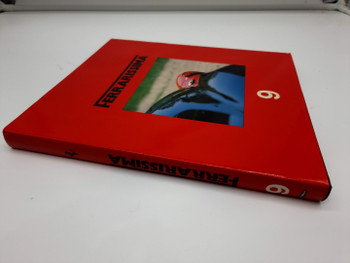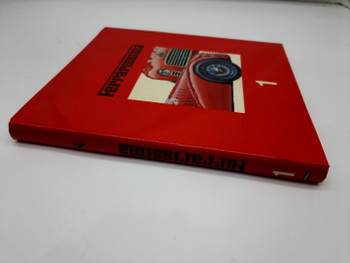Description
Author: Gary Grant, Hardbound, 291 Pages, ISBN: 9780949583673, First Edition, 1986 - Number 331 Of 1000 Copies - Signed and certified !
FOREWORD
I am greatly honoured to have been asked to write the introduction to this book, which reflects the boundless energy and dedication of Gary Grant in researching and collating the contents.
The Geelong Speed Trials have followed the style and atmosphere of the famous Brighton Speed Trials, held for so many years in England.
The Event is held on the Ritchie Boulevarde, which runs along the seafront of the Eastern Beach, with a natural 'Grandstand' in the form of a lush green bank where spectators can view the cars with a pleasant overview of the beach and yachts at anchor.
My first entry in this standing start quarter mile sprint was in 1959, driving a straight eight supercharged Alfa-Romeo of 1932 with a time of 19.2 seconds.
In 1960 through to 1962 I entered my Alfa-Romeo Tipo P3 Grand Prix 4ngle seater, which was also a straight eight, but with twin superchargers. It produced 235 BHP, weighed 15.5 cwt and hurtled over the measured distance in a mere 14.6 seconds. It was built in 1933 and was the fastest pre-war car in Australia. In those days the braking area was so short that I had to throw the car into a series of drifts to avoid hitting the Police observers at the end of the course!
Each of those four years the Mayor of Geelong presented me with a silver nay with the badge of the Western District Car Club attached.
From 1963 onwards I campaigned my Bugatti Type 37A, a supercharged 1928 1.5 litre racer, which had won the 1929 Australian Grand Prix at Phillip Isiand, being 15 minutes ahead of the second placegetter! However it was wry high geared and covered the course in a bit over 17 seconds, always be-log eclipsed by Rod Murphy driving the beautiful M.G. Q-type with times of 15.88 seconds and the famous 'tearing calico' exhaust note.
One memorable sight in 1959 was Lex Davison in the G.P. Ferrari and John Sawyer in Stan Jones' Maybach leaving the starting grid together. In the fury of the contest they both got into an enormous slide, and with throttles wide open, both crossed lanes and roared across the finish line in the wrong lanes—leaky stuff!
I commend this book to all enthusiasts for the last of the Golden Years of motor racing, when all the cars were highly individual and different, and when the driver could be seen working hard for his living amid the marvellous smell of burning methanol and castor oil, for their like will never be made again.
LAURIE ROFE-1986












